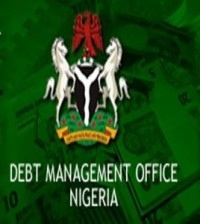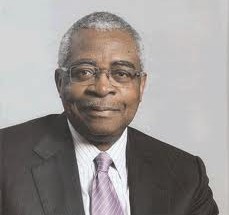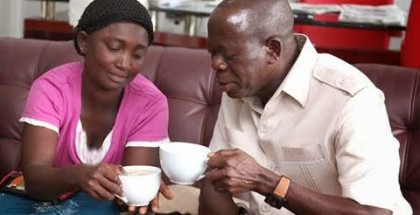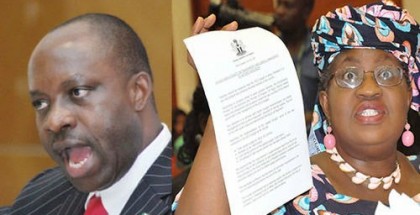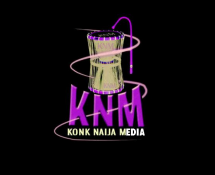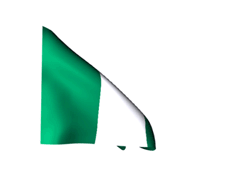DMO caps national borrowing at 40% Of GDP
The decision by the Debt Management Office (DMO) to set Nigeria’s borrowing limit at 40 percent of Gross Domestic Product (GDP) is wise, considering the nation’s peculiar experience in debt profile management. This is regardless of a recent World Bank credit rating, which gave Nigeria the go-ahead to borrow up to 56 percent of her GDP. The 40 percent borrowing ceiling fixed by the DMO is within the globally acceptable threshold.
With the nation’s economic growth for 2013 projected at 7.26 percent, this limit could rev up the economy that has been in recession for some years now. It may also help government not to overreach itself, as it strives to service accumulated domestic and external debts, which currently stand at N6.537 trillion and $6.67 billion respectively, according to figures recently released by the DMO. We strongly disagree with the Minister of State for Finance, Dr. Yerima Ngama, who said that “Nigeria is not borrowing enough”, and urged the Federal Government to borrow more, as this would be in the “best interest of the country.”
Clearly, Ngama’s advice did not take into consideration, country risk, which is the economic and political condition in the country that resulted in the present debt overhang. Ideally, there is nothing wrong with borrowing, whether domestic or external. It is the utilisation of such loans that matters. Unfortunately, successive governments in the country have been less than prudent in the management of credit facilities taken from both domestic and external financial institutions. A debtor country’s ability to repay has a lot to do with its readiness to embrace discipline in the management of its economy. For instance, repayment of external debt may require that a country slow its growth.
We agree with the view of the Director-General of DMO, Dr. Abraham Nwankwo, that it is wiser to “under-borrow than over-borrow.” Though this might appear conservative because government often faces economic and political pressures, there is a risk that resources are either diverted or outrightly misappropriated. Often, there is lack of adequate monitoring and supervision of the projects for which the loans were obtained. The government, sometimes, also fails to meet its obligations to its creditors.
, ultimately, harm the economy. They bring about austerity measures, with attendant political risk and a possible abrupt slowdown of the economy. This is why we endorse the decision of DMO. It is much better for Nigeria than treading the path suggested by Ngama that we borrow more, because of the likelihood of defaulting on debt payments, retardation of growth in the domestic economy and a possible political backlash. With fiscal discipline, judicious use of loans and a check on wasteful expenditure and corruption, sticking to the 40 percent of GDP borrowing limit will reduce the risk of Nigeria sliding back to the years of excessive debt overhang, just eight years after exiting the Paris/London club of creditors.
In recent years, government has been on a borrowing binge, a trend that has pushed the nation’s debt profile to “unsettling proportions”, according to a report by the Senate Committee on Local Government and Foreign Debts. For instance, in 2010, the Federal Government took an external loan of $34 billion, representing 16 percent of the GDP to “service governance.” The projected domestic debt for this year is $7.125 billion. It is $7.792 billion for 2014 and $8.444 billion for 2015.This may be unsustainable, if not properly managed. Our advice is that government should borrow cautiously and spend prudently.

